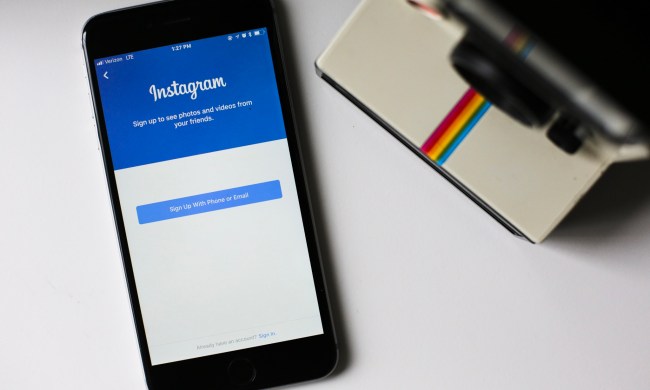In a process the scientists describe as “time-lapse mining,” advanced algorithms were put to use evaluating a library of tens of millions of geotagged and time-stamped photos from digital archives. The system started with this simple metadata, which wasn’t entirely sufficient — photos of landmarks, after all, can differ remarkably from one to the next. In order to narrow down a time-lapse viewpoint, the team reconstructed “candidate locations” — locations which were the subject of many photos — in 3D, and identified the angle with the greatest amount photographic material.
Time-lapses taken with a smartphone or DSLR have the benefit of a largely homogeneous image — the sensor and settings don’t change throughout the shot. That obviously isn’t the case with disparate photos from across the Web, which necessitated the researchers to apply some serious post-production fixes: geometric stabilization brought the photos to a uniform angle, appearance fixes homogenized lighting, and filters reduced flicker and noise. The end result? 10,728 time-lapses across 2,942 landmarks, each composed of more than a 1,000 photos.
.gif)
Automated time-lapses aren’t just pretty to look at, of course. The researchers propose using the algorithms to document change over vast quantities of time.
“This capability is transformative,” they write. “Whereas before it took months or years to create one such time-lapse, we can now almost instantly create thousands of time-lapses covering the most popular places on Earth.”
The researchers say that it’s already made it easier to visualize geological changes that normally take a long period of time to manifest, such as retreating glaciers or the growth of a hot spring in Yellowstone due to the deposit of minerals. Of course, the process isn’t perfect. Some photos were incorrectly timestamped, resulting in artifacts like “spurious halos.” Imperfect processing led to blurring, and the 3D reconstruction sometimes failed. Still, considering the gorgeous (and historically valuable) preliminary results, the system or one like it is no doubt worth refining.


